7 popular skateboard styles
From jumping from ramp to ramp, skating on city railings and curbs, or just casually going down a winding forest road, the skateboard has something to offer to every fan and lover.
What styles are there?
It would be a surprise to the majority of the audience how many different styles of skateboarding actually exist.
- Freestyle;
- Whirlpool;
- Park;
- Street;
- Cruising;
- Downhill;
- Offroad.
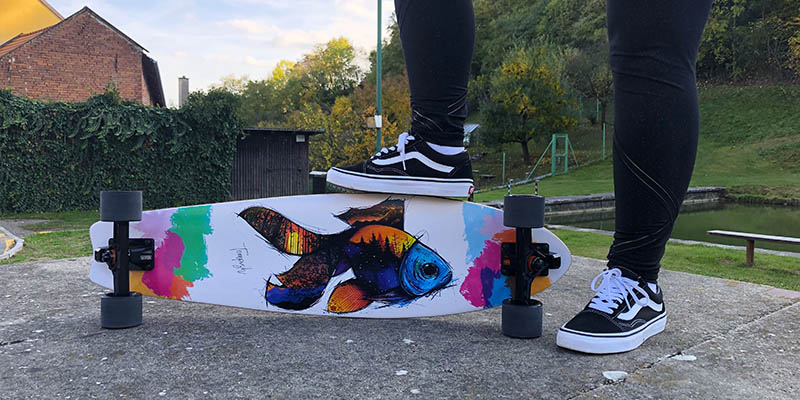
Freestyle
Freestyle originated in the 1950s from the ordinary use of skateboards as a vehicle. When water and wind conditions are not suitable for surfers, they move the board to the street using the same techniques as surfing, but this time on a smooth and hard surface.
The basic skateboard tricks they used at the time, such as Ollie, gradually increased in complexity until we came to modern culture.
Freestyle skateboarding goes hand in hand with music and choreography. More experienced skaters create eye-catching combinations with the help of their board.
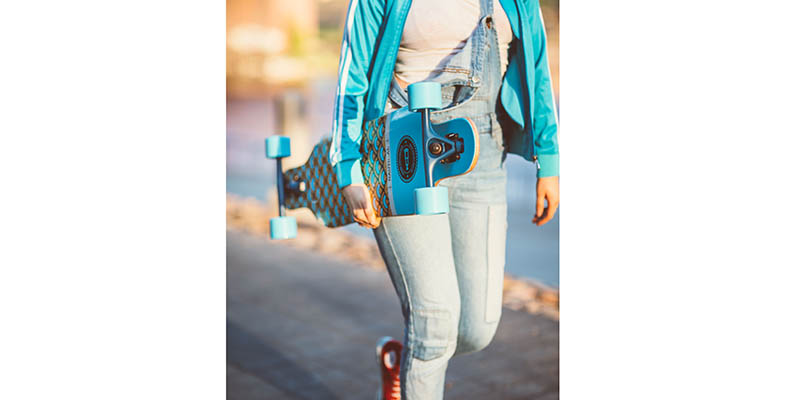
Vert
The name of this style comes from the word vertical. This is, perhaps, the best known to the community style, representing the transition from a horizontal surface to a vertical one. It is practiced in a set of places. This includes all U-shaped skateboard ramps, empty, water, swimming pools and other suitable facilities.
Surfers are again responsible for the origin of Worth riding. Jumping from the ramp, they simulate with their boards the crest of the wave that they otherwise chase into the sea. This style seems relatively scary for any beginner and difficult to start, but the feeling when you are in the air on your skateboard makes everyone want to jump again and again.
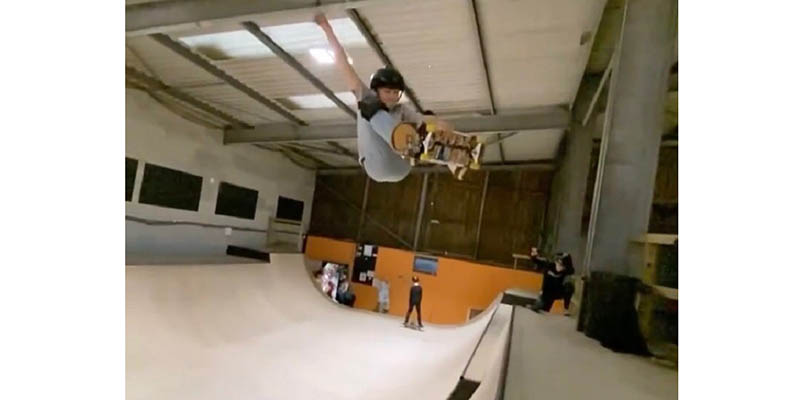
Such air maneuvers create many preconditions for injuries and for this reason, we strongly advise you to equip yourself well with protective equipment, especially a helmet. Keep in mind that skateboard helmets are specific and offer maximum protection, while another type of helmet, such as for cycling, is not so suitable.
Park style
The park style is close to the Wurt style, in the sense that in order to make it happen, it also uses equipment adapted for skateboard tricks. The difference lies in the fact that Park Riding does not need the massive ramps that we all imagine, but curbs, railings, bare pipes, semi-ramps and more. Often skateboard enthusiasts, on their own, build new facilities and build on those that are already available.
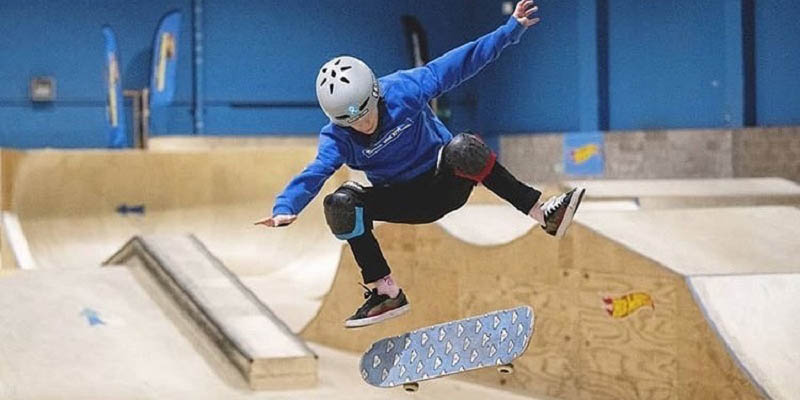
The style gets the name park because it is practiced in skate parks, specially adapted for the purpose. In addition to giving the skateboarder a huge number of opportunities to perform, the skate park offers a safe environment for riding, where practitioners are away from cars on the road. This prevents possible conflicts between drivers and pedestrians and skateboarders.
Street style
Speaking of car protection on the road, in this style things are the other way around. The skateboard does not have to move on the street, but the style involves moving in an urban environment, using all the encountered edges, benches, fences, railings and other "street furniture" to perform spectacular numbers.
For example, sliding a board on a fence or railing is called a grind. Other very famous skateboard tricks that we would often witness are the so-called Kickflips and Hardflips. They represent a rollover of the board during a jump.
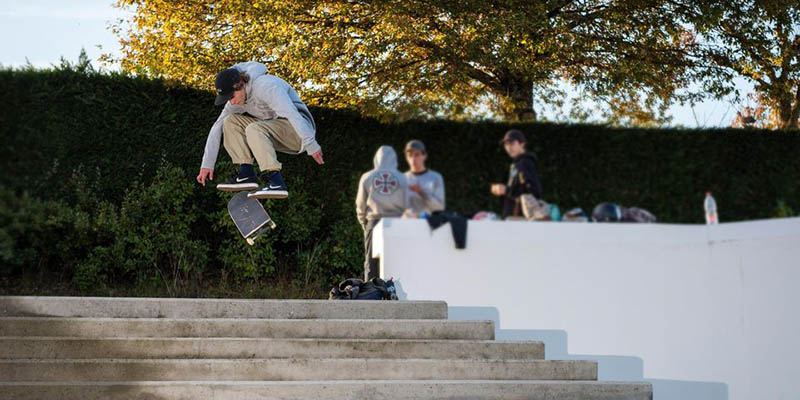
To perform the tricks more successfully, skateboarders use narrow boards with smaller diameter wheels than usual. In this way, the board turns and rotates with less effort.
Rodney Mullen is considered the father of street style. He is the man behind the creation of the most famous and well-known tricks to the public, such as oli, kickflip, hilflip, imposable and 360 flip.
Downhill
Downhill skateboarding is a non-competitive style of riding. For the successful practice of this style, the skateboard has been replaced by the so-called longboard. It does not differ too much from the classic. The change is that the board is longer, wider, more stable, but also more cumbersome. The clumsiness of the longboard does not interfere, as the style does not involve doing tricks that would require a skateboard.
The different board allows for more control and dialing at higher speeds. You need to refine some basic control movements before you rush down. For example, a tucking in which the front foot is completely on the board, while the back foot touches only with the toes. Another movement is drafting, in which the downhill skateboarder rides tightly behind his friend to take advantage of the reduced air resistance, as with cyclists.
For more safety, we advise you to plan and study your route well and choose a place with less traffic. Protective equipment is mandatory, given the speeds that are developing. Basic knowledge of aerodynamics would also be of great use to you.
Cruising
In this style, the skateboard is again replaced by a longboard in order to increase control and speed. In addition to the longboard, there is a skateboard specially adapted for this style, called a cruiser. The cruiser is shorter than the longboard and longer than the skateboard, with softer wheels allowing you to ride on imperfectly smooth and clean surfaces.
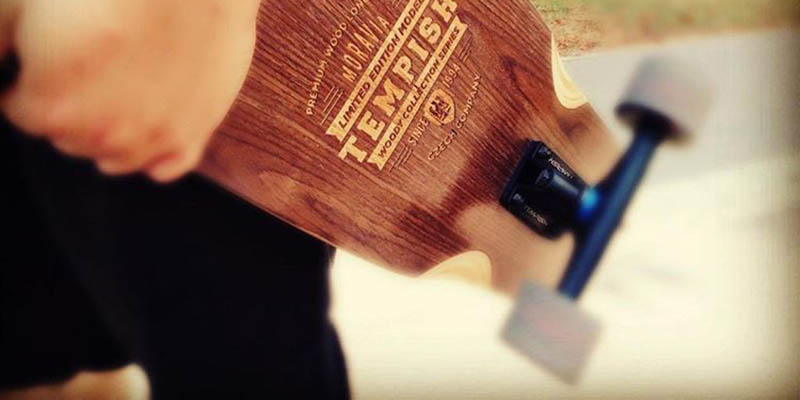
Characteristic of the style is the long ride, where the skateboarder tries to spend as long as possible on the board without touching the ground with his foot. Like downhill descending, you need a slope here so that the board can be strengthened without the help of the rider. The difference is that this style is performed in an urban environment.
Offroad
Also sometimes called mountainboarding or roadboarding, it is a skateboarding style that requires uneven terrain, such as gravel, BMX trails, woodlands or downhill trails. The off-road style relies on conditions created by nature, instead of the smooth pavement laid by human hands.
The skates used for off-road are radically different from any other type of skateboards. They are much larger than ordinary wheels with a deep gripper (there is no other style of skateboarding where the wheels have a gripper), which rise even above the board. Some off-road skateboards, like snowboards, have attached "boots" that give more stability to the rider through bumps.
Skateboards for this style have evolved, and nowadays there are even those with an electric motor. This allows for a carefree and free ride through the woods, as long as you find a suitable route.
Photos: Tempish Official and Enuff Skatebords

 EXTREME CHRISTMAS
EXTREME CHRISTMAS